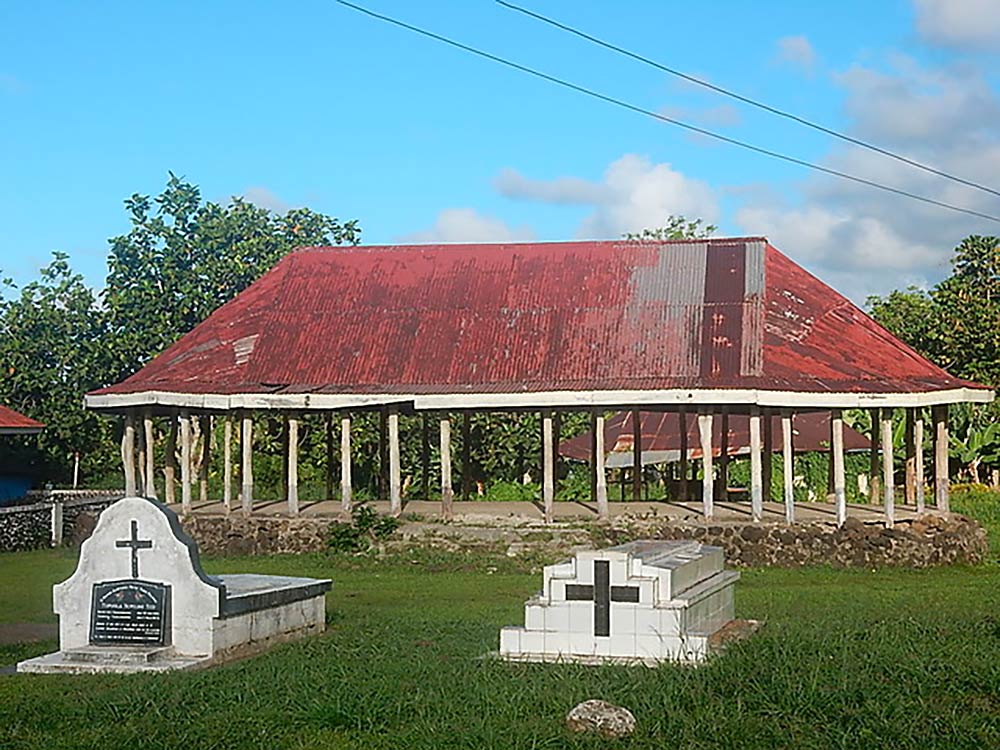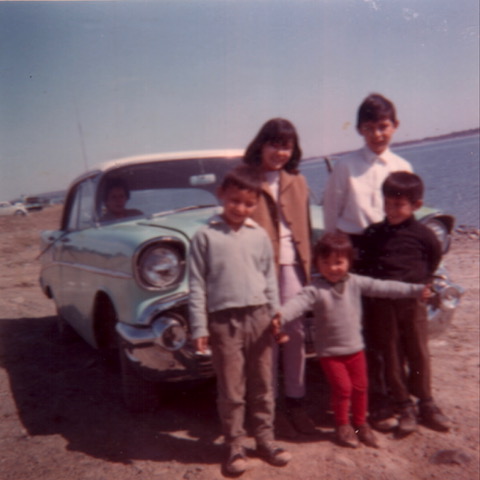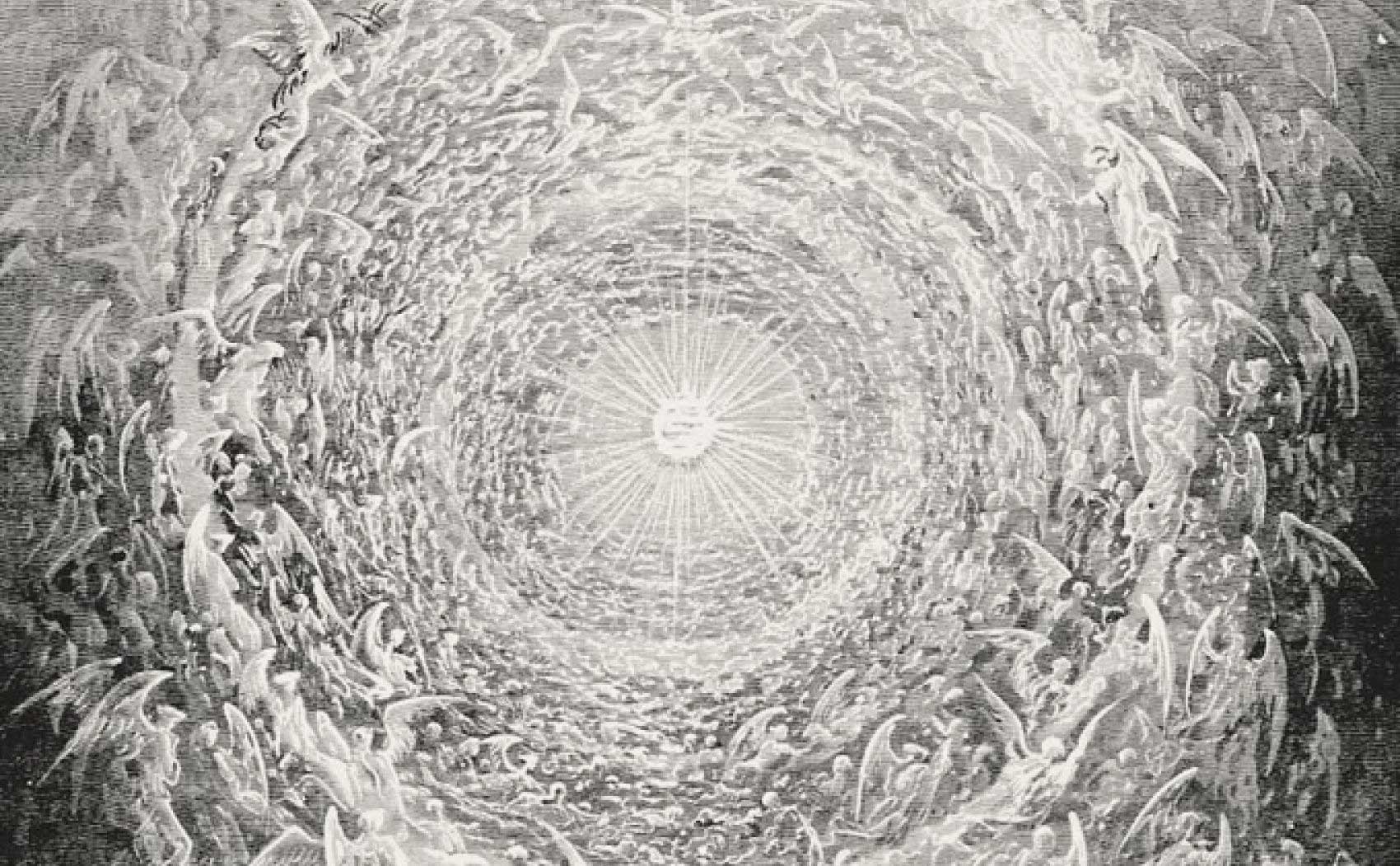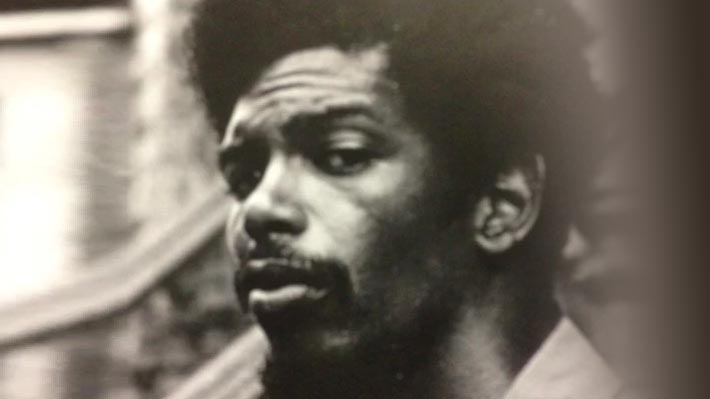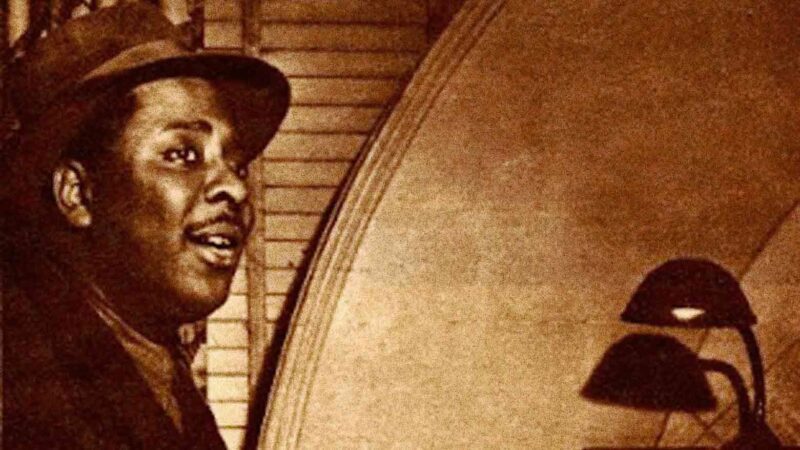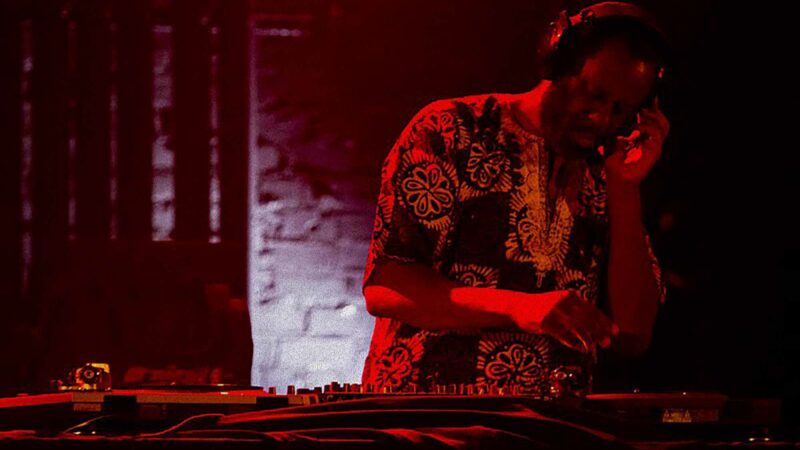Artist Statement:
The expression “motion photographer” came to me spontaneously since movement is the basis of my work: I am constantly in search of a perspective that will transmit both the beauty and the speed of the world in which we live in. I am amongst those who decided to devote their time to transpose their vision into images and I am dedicated to make the necessary efforts for my vision to become a reality. Thus I hope to follow my own path while remaining off the beaten tracks.
***
L’expression « motion photographer » m’est venue spontanément puisque le mouvement est à la base de mon travail : je suis constamment à la recherche d’un point de vue qui me permettra de transmettre à la fois la beauté de ce qui nous entoure, et la vitesse propre au monde dans lequel nous vivons.
Je fais partie de ceux qui ont décidé de consacrer leur énergie à transposer en images leur vision, et surtout à prendre le temps et à faire les efforts nécessaires pour que cette vision devienne réalité. C’est ainsi que j’espère suivre mon chemin tout en demeurant en dehors des sentiers battus.
Interview :
MS : In our latest issue of Montreal Serai, we are covering the theme of the City, its changing landscape, its changing cultural and political intersections and so your latest work is intrinsic to the theme. Welcome to Montreal Serai! Serai is an old Persian word, which means a resting place or a place of transcience. Why is your latest work, an absolutely ethereal transformation,called City Limits? What was on your mind when you gaveit that title?
DB: My goal was to show the duality between city and nature. It seemed like a fitting title.
MS: Some of the transitions go outside Montreal, Toronto-the Lakeshore and perhaps New York. What made you cover these cities?
DB: These cities were the biggest but also closest to my hometown of Quebec city. Also, I wanted to showcase the North-East portion of (North) America.
MS: Tell us something about your technique? Do you station the camera for several hours on selected high perches? Do you come back and re shoot? Do you edit?
DB: All locations in my video are available to the public. No special permits were needed. I just did a lot of research on finding good locations for what I wanted to express.
Shooting is not the hard part. I put a lot of effort in the editing of my material and finding the right music for the project.I shot this timelapse montage from late 2010 through early 2011. One year in the making.My goal was to show the duality between city and nature.
Locations include :
– Montreal, Quebec, Canada
– Quebec city, Quebec, Canada
– Toronto, Ontario, Canada
– Manhattan, New York, USA
– Chicago, Illinois, USA
MS: Describe some of the train station shots. I suppose one is at Grand Central? How did you manage to pull that off?
DB: Again, just a lot of research and planning
MS: It seems movement in the skies, in the clouds, in the highways and amongst people are the most electrifying aspects.There is an interstellar metropolis feeling that develops and then suddenly it cuts to the ships passing under the bridge and finally the capsized boat. What does it signify?
DB: I like to let people make their own understanding of it all. That is what art is all about in my opinion.
MS: Thank you for allowing us the opportunity to interview you and to reproduce your latest work.
DB: Thanks a lot to everybody for watching and sharing my work.
———-
Dominic’s website website : www.dominicboudreault.com
email : dom@dominicboudreault.com
Follow Dominic on twitter : twitter.com/d0minicb
Follow Dominic on Facebook : facebook.com/pages/Dominic-Boudreault-Motion-Photographer/126369427437180
Here’s a video interview that Dominic did for MSNBC : on.msnbc.com/juqWHz
———-
